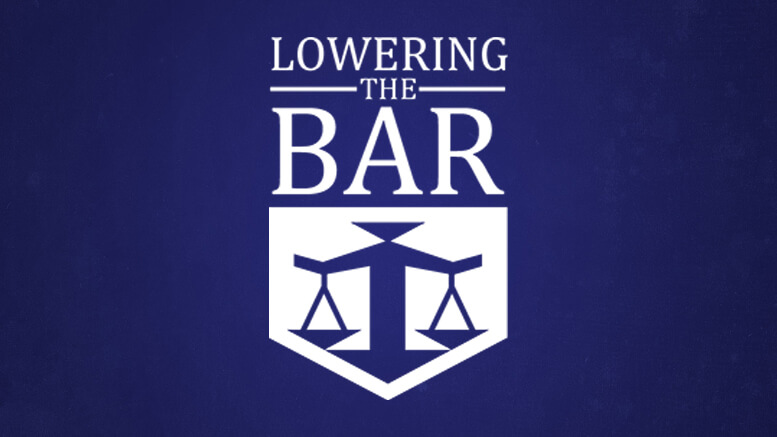The ABA Journal reports that two former law students have sued their former school and an adjunct professor, claiming that the professor unfairly gave them Ds in their first-year contracts class. The plaintiffs' claims include negligent supervision, defamation, emotional distress, and, more amusingly, breach of contract.
The two students say they were "blindsided" by the bad grade and that the defendants refused to explain, making it impossible for them to mount a successful internal challenge. The reports don't say what the students had planned to argue, specifically, except that they claim they were "curved out" rather than graded on performance. They say the school would not give them the evidence they needed to establish this, but they're sure they should have done better, and apparently contend this single grade would have made all the difference.
"These are first-year students who flunked out," said the school's dean, apparently disagreeing.
The system of grading on the curve has been challenged before, unsuccessfully, and that was by somebody who was complaining about a C. He brought some of the same claims included here, but also invoked the First, Fifth, and 14th Amendments, which these plaintiffs seem to have left out of their complaint. They also may have failed to consider other more creative claims, such as those brought in 2006 by the Michigan Law grad who alleged the school's exam system discriminated against people who can't type very well. When suing over bad grades, though, you probably do need to think outside the box as much as possible.
Speaking of "thinking outside the box," that gives me an excuse to mention a recent study I came across that compared test results generated by students under control conditions to those generated by students who were actually sitting inside a box. Leung, et al., "Embodied Metaphors and Creative 'Acts,'" Articles and Chapters (retrieved Feb. 12, 2012, from Cornell University ILR School). In the study, the researchers had people act out various creative metaphors while solving problems in order to examine the effects of literally "embodying the metaphor[s]."
As predicted, participants who completed the [test] while physically outside of the box generated more correct answers than both inside-the-box and control participants [described as those experiencing the "no-box condition"]. Including measures of feeling and claustrophobia as covariates did not alter the results…. Because the mean [test] scores did not differ between inside-the-box and control participants, this suggests that “thinking outside the box” contributes unique explanatory variance in fostering creativity ….
Law schools that require their students to take tests while enclosed in boxes, therefore, may be in for further lawsuits.
